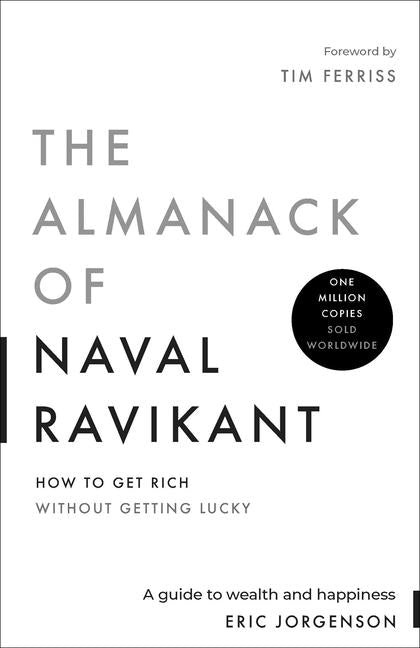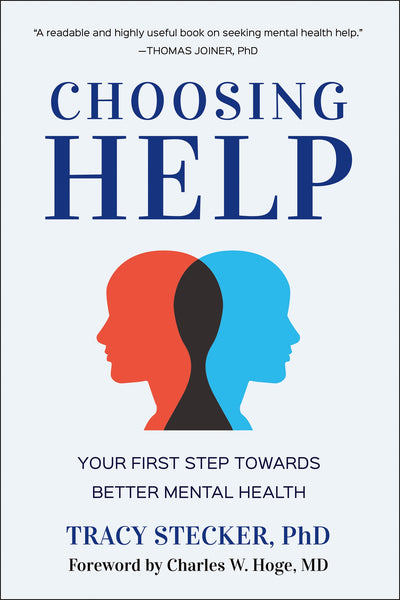People First Leadership: How the Best Leaders Use Culture and Emotion to Drive Unprecedented Results
We've been experiencing a renaissance in business. After a century spent under the spell of scientific management, leaders are now turning their focus to culture. Rather than trying to manage people, they are beginning to move people, to understand that they'll achieve more if they construct and environment and create a culture that allows their employees' inherent motivations as human beings to drive them rather than seeing them as human resources from which they must extract productivity.
Eduardo P. Braun's biography doesn't read like someone who would be a leading proponent of this awakening. He got his degree in industrial engineering before receiving an MBA from Wharton and moving onto Booz & Company. He was into the hard stuff, by which I mean the hard variables you can easily measure and define a strategy around. He went through a conversion while traversing the globe interviewing world leaders as director of HSM Group, a multimedia management company. He sat down with heads of state and the world's leading companies, top academics and entrepreneurs. He asked questions of Bill Clinton, Tony Blair, and Mikhail Gorbachev, and had Madeline Albright and Colin Powell with him on stage at the same time, picked the brain of Peter Drucker, Michael Porter, Muhammad Yunus, Tom Peters. But he specifically references an interview with Jack Welch, who, when asked how to succeed as a leader, told him that his prescription for success was "mostly about people, values, and differentiation," and not so much about strategy. His strategy was to be number one or two in the markets GE competed in, which isn't really a strategy at all, but an outcome.
Eduardo P. Braun's technical background and understanding does provide something extremely helpful to his new book, People First Leadership: clarity. The very first paragraph in the first chapter sums up the dual nature of management as well and as neatly as anything I've read.
We use the term hard variables for any elements that have to do with numbers and strategies, those variables that have to do with business design: how we'll compete, how we'll be financed, what the value proposition will be, how much we'll spend on marketing, and how we'll allocate this spending. As for soft variables, they have to do with people, leadership, culture, emotion, values, and behavior. Strategy is the umbrella that unites all of the "hard" business variables, whereas culture does the same with the "soft" variables.
In this sense, strategy and culture are the two pillars of business success.
He tells us focusing on strategy without culture is like entering a great sail boat into a race without a crew to sail it. It's not that there's no overlap or interplay between the two, but if you get it right, culture can be a competitive advantage others can't copy. As Braun tells us, it "may in fact be the essence and heart of the strategy." The most important element of this for you as a leader—in fact how he defines culture—is the emotional impact you have on people.
The new CEO is the Chief Emotional Officer—because leadership is all about emotion …
And, in this sense, we are all leaders. We all need to step up and take responsibility for the emotional impact we have on those around us. But the leader at the top sets the tone, and should make it their job to create and manage a healthy culture, to "produce certain emotions" such as a sense of purpose, pride, and trust in the workplace.
None of this is exactly new. As Braun reminds us, Peter Drucker wrote back in 1977 that "people are an organization's most valuable resource, and … a manager's job is both to prepare people to perform and give them freedom to do so." Jim Collins told us long ago that "Culture is not a part of the strategy. Culture is the strategy." What is new is that it is finally starting to set in. Braun preaches the culture gospel with the faith of the converted, and he does it well.
Before he went out to interview Jack Welch in what would be for him a revelatory conversation, he had given his pages worth of carefully planned notes and questions to a colleague, who promptly misplaced the folder. Without those questions, however, without his carefully planned strategy for the interview, he was forced to go onstage with nothing but empty sheets of paper. And in that stack of blank paper lay his opening. With no preprepared notes to rely on, he was forced to concentrate on Jack Welch and enjoy the exchange, considering what his answers meant for him and his organization, how he could imbibe and apply them personally. It was one of the best interviews he'd ever done, and he was left changed by it. In the same way, getting your head of your notes and focusing on the emotional impact you're having on those around you could go a long way and yield measurable results. And because he came up as an engineer with a nose for detail, Eduardo P. Braun can explain exactly how in People First Leadership.
We have 20 copies available.
















